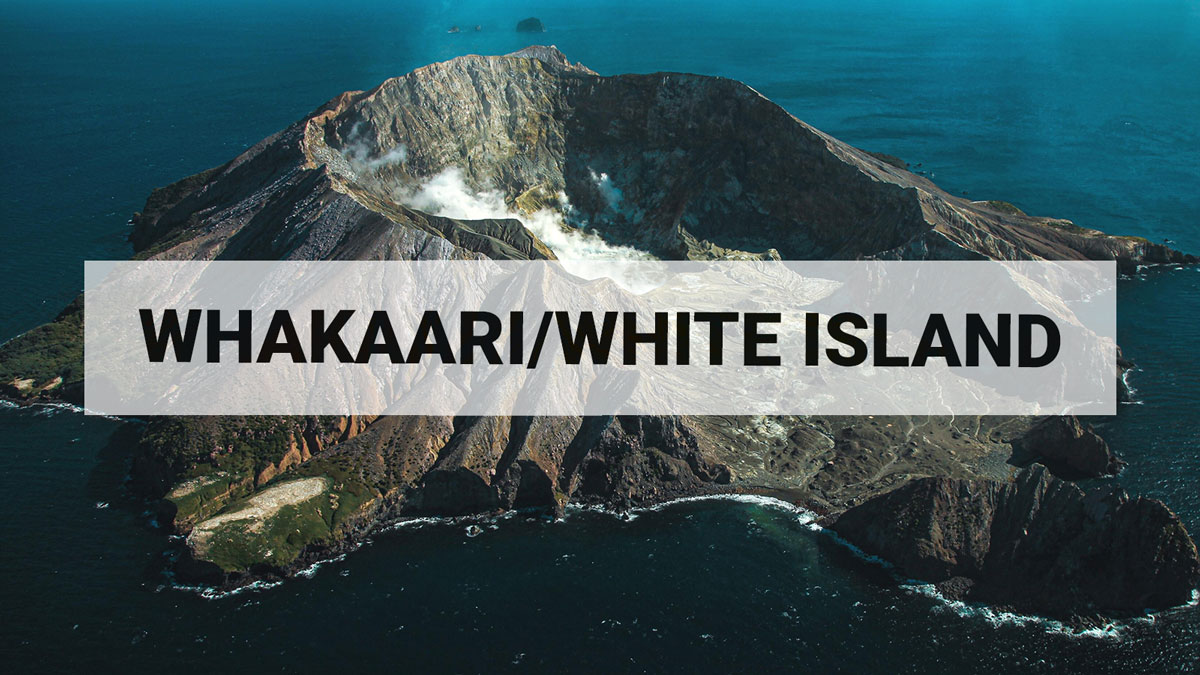
Minor volcanic unrest continues at Whakaari/White Island
Although a short-lived burst of seismic activity occurred on 1 June, volcanic activity at Whakaari/White Island remains at low levels. The Volcanic Alert Level remains at 1.
A brief period of enhanced low-energy volcanic tremor was recorded on 1 June at around 4 am, lasting two hours. During that period, no impulsive acoustic signals were recorded, unlike previous episodes that had a small explosive nature. This episode is not like periods of activity observed in mid-February, early-mid March, and late April, in that the activity levels this time did return more rapidly to typical low levels afterwards.
Web camera observations since 18 May indicate water has filled the vents in the 2019 Primary Crater and this was confirmed during an observation flight on 27 May. A lakelet now occupies the 2019 Primary Crater, and no ejected material is apparent about the crater. Several active steam and gas vents are now under water. Thermal infrared measurements from the observation flights also confirm the temperatures of the active vents are cooling significantly.
Gas and observation flights have confirmed the amount of gas being released from the volcano has not changed much over the last few months. The volcano continues to produce a weak-to-moderate gas and steam plume, and this may cause weak acid rain downwind of the island, as usual.
Overall the level of seismic tremor remains at background levels. These observations and the observed minor activity are consistent with the ongoing activity at Whakaari/White Island. The Volcanic Alert Level remains at 1 and the Aviation Colour Code remains at Green.
The Volcanic Alert Level reflects the current level of volcanic unrest or activity and is not a forecast of future activity. While Volcanic Alert Level 1 is mostly associated with environmental hazards (including discharge of steam and hot volcanic gases, earthquakes, landslides and hydrothermal activity) eruptions can still occur with little or no warning.
Further information about the volcanic alert levels and what they mean can be found at https://www.geonet.org.nz/about/volcano/val
GNS Science and the National Geohazards Monitoring Centre continue to monitor Whakaari for further changes in unrest. GeoNet monitors Whakaari via a network of seismic and acoustic sensors, GNSS (GPS) receivers, cameras, and gas and visual observations. Due to equipment issues, some of our seismic and acoustic data are intermittent and we continue to experience gaps in web camera images.
Agnes Mazot
Duty Volcanologist
Media Contact: 021 574 541 or media@gns.cri.nz